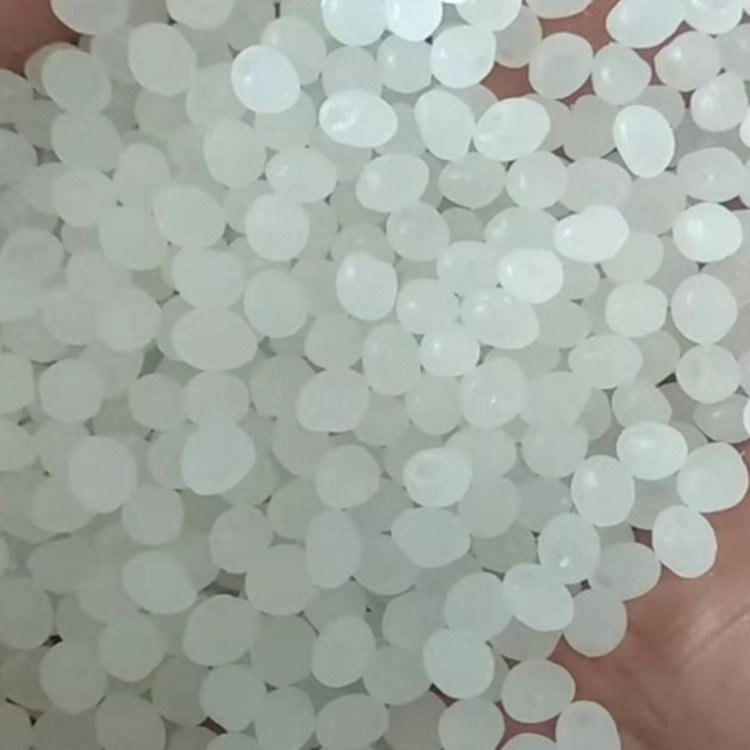Lactic acid is the main raw material for the synthesis of polylactic acid.
Lactic acid is mainly produced through fermentation and chemical synthesis. The fermentation method uses natural raw materials. It is the main method of lactic acid production and has a large market and strong competitiveness.
Types and properties of lactic acid
Lactic acid, also known as 2-hydroxypropionic acid, can be divided into D-lactic acid (right-handed), L-lactic acid (left-handed) and D, L-lactic acid (racemic) due to its different optical rotations. Currently, lactic acid on the market in China Mostly racemic lactic acid, that is, a composite of D-lactic acid and L-lactic acid. L-lactic acid can be completely metabolized and absorbed by the human body without any side effects, while D-lactic acid not only cannot be metabolized and absorbed by the human body, it will increase the acidity of blood uric acid and cause metabolic disorders in the human body. The World Health Organization (WHO) clearly stipulates that the daily intake of D-lactic acid by the human body shall not exceed 100 mg/kg. Therefore, from a safety point of view, it has become a trend that L-lactic acid replaces the existing D and L-lactic acid.

Synthesis of lactic acid
(1) Raw materials for the synthesis of lactic acid The main raw materials for the production of lactic acid are starch materials, such as corn, rice, and beans. The raw materials used to produce lactic acid are different, and the strains are also different. If molasses and starch water are dissolved as raw materials, Drechnerella is mostly used; if milk or whey is used as raw materials, Lactobacillus bulgaricus and Lactobacillus casei are mostly used. The production of L-lactic acid uses lactic acid bacteria or Rhizopus. At present, Rhizopus oryzae is widely used in the production of L-lactic acid at home and abroad.
(2) Fermentation and synthesis of lactic acid The fermentation production of lactic acid mainly uses starch as raw material, but also glucose and molasses as raw materials. The traditional fermentation process for the production of lactic acid by the calcium salt method is as follows: firstly, saccharify the starch, connect the selected strains, and then add calcium carbonate to neutralize the produced lactic acid, adjust the pH value at 5.0-5.5, and make the strains suitable for production Fermented for 3 to 6 days at acid temperature, the product is a fermentation broth of crude calcium lactate. The key to the fermentation method is the selection of strains. The strains used for fermentation to produce lactic acid are mainly cells and Rhizopus.






